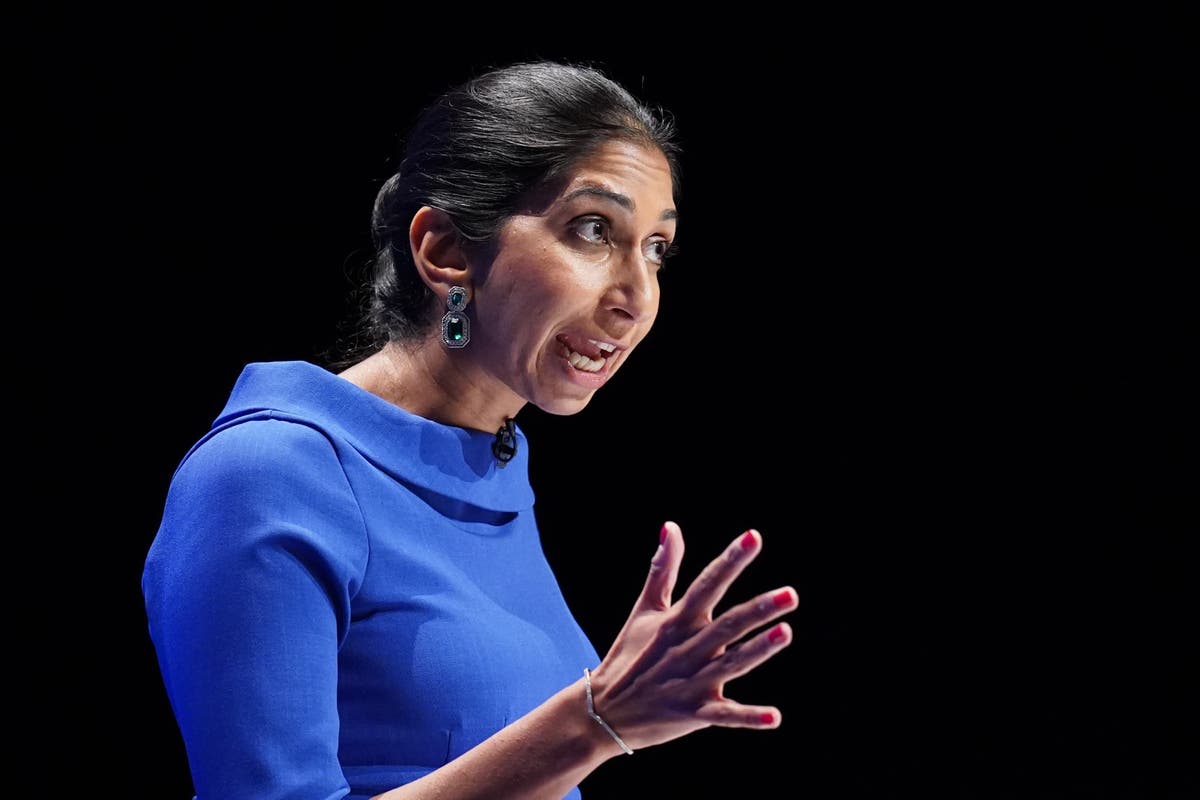But that divergence could get worse, creating a headache for policymakers who have to manage what happens next.
What Happens: The world’s largest central banks will be making all the highly anticipated policy announcements this week. But unlike at the beginning of the pandemic, when their actions to avert a global depression were highly synchronized, responses to inflation and the Omicron variant are likely to vary widely.
The Fed does not seem to be deterred by concerns about the proliferation of the Omicron variant, as the United States has so far avoided introducing new restrictions. Consumer spending remains strong and jobless claims have recently fallen to their lowest levels in 52 years.
“The history of activity is still very good. The first evidence shows that Omicron doesn’t have a huge impact on consumer behavior, â€said James Knightley, ING’s international chief economist.
Even before Omicron arrived, Europe’s economic recovery was losing momentum due to supply chain problems and a high number of coronavirus cases. The UK economy grew by just 0.1% in October.
That puts the Bank of England and the European Central Bank in a difficult position as they are also trying to fight inflation. If they move too quickly to withdraw support and control prices, they risk reversing hard-won gains in activity and jobs.
Knightley expects the Bank of England to refrain from rate hikes this month, as previously expected. The ECB, he added, could announce a transition program of bond purchases to avert a cliff in March if pandemic-era purchases are to end.
“The needs are higher,” said Jeffrey Sacks, head of investment strategy for Europe, Middle East and Africa at Citi Private Bank. “The economic data from early summer to today have weakened.”
China’s recovery started earlier than Europe and the United States, so it was completed sooner. The government’s crackdown on excessive borrowing in the country’s real estate sector has also contributed to the slowdown. But Beijing also has to worry about high producer prices, Knightley noted.
Why it matters: In March 2020 it was clear what central banks had to do to avoid a disaster. But now it will not be easy to reverse course. The task is made more difficult by regional differences that can obscure the direction of travel.
“It’s a very, very difficult road to go for central banks right now,” Knightley said. “You have risks on both sides.”
Glimmers of hope emerge in the supply chain nightmare
The epic congestion in the ports is subsiding. Shipping prices are falling from sky high levels. Deliveries are speeding up slightly.
There are increasing signs that the mess in the supply chain is finally being cleaned up, reports my CNN business colleague Matt Egan.
That’s not to say the supply chain nightmare is over. It is not. And the situation may not return to normal anytime soon.
Companies are still grappling with a worrying shortage of truck drivers. Critical components, including computer chips, remain scarce. And the Omicron variant threatens to put pressure on the supply chains again.
However, there is evidence that bottlenecks are gradually resolving. This is encouraging as the unprecedented strain on supply chains has contributed significantly to historic levels of inflation in the United States.
“I’m increasingly confident that the worst appears to be over,” said Matt Colyar, an economist at Moody’s Analytics. “There is data to suggest things are getting better. But there is still a lot of uncertainty.”
Remember: logistics networks were put under enormous strain when the global economy stalled at the beginning of Covid – and then quickly reopened. The demand for goods skyrocketed and just-in-time supply chains collapsed under the pressure. Coronavirus outbreaks and inconsistent health protocols around the world added to the mayhem.
However, there is reason for optimism in the most recent economic reports.
The order backlog index in the industry survey by the Institute for Supply Management fell to 61.9 in November after a record high of 70.6 in May. The backlog is still growing, but more slowly. And supplier delivery rates seem to be improving, albeit from a very low level.
The Dallas Federal Reserve Bank’s manufacturing index showed that the number of unfulfilled orders fell in November and the delivery time for goods fell.
“It will be a long time before supply chains across the country are fully restored, but at least the first steps towards normalcy seem to have been taken,” Thomas Simons, an economist at Jefferies, wrote in a recent statement to customers.
Next
Monday: Inflation data for India
Tuesday: US Producer Price Index; Unemployment rates in Great Britain
Wednesday: Federal Reserve policy decision; US and China retail sales; UK inflation data
 PLC 4ever
PLC 4ever



